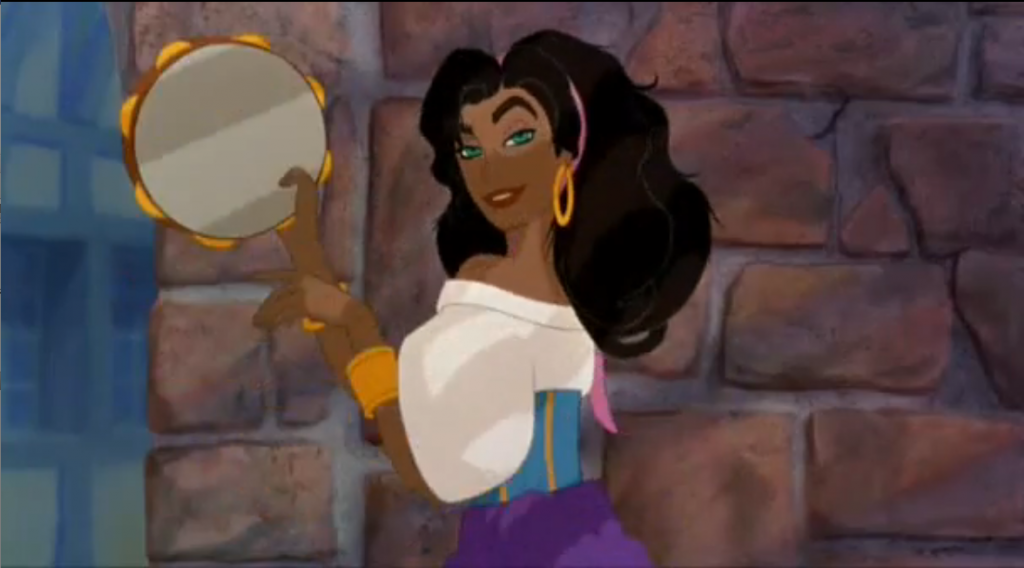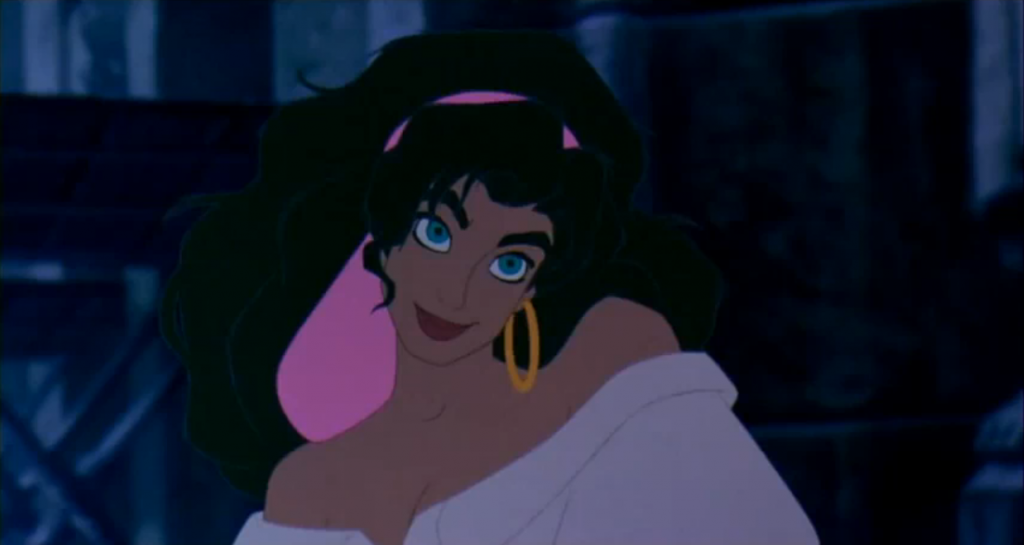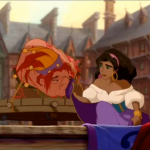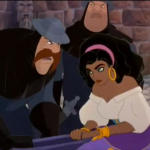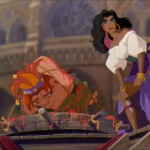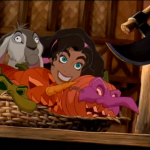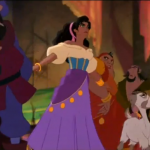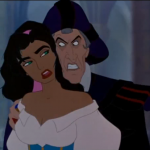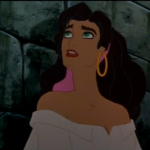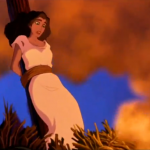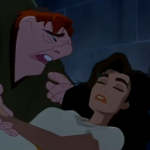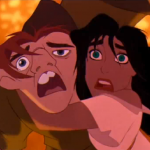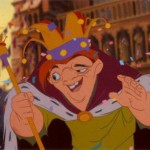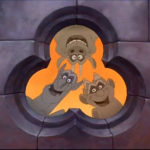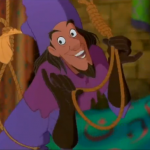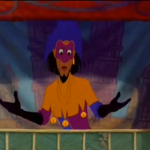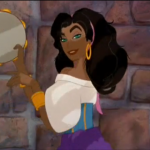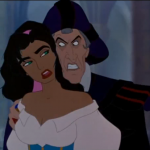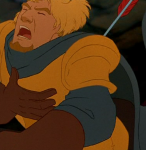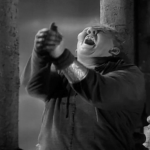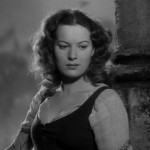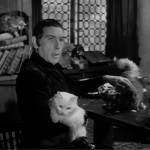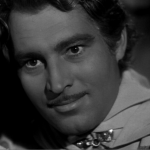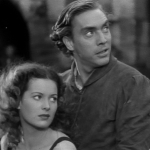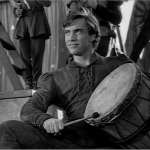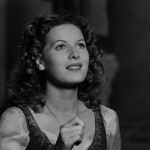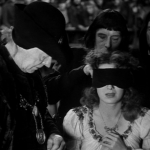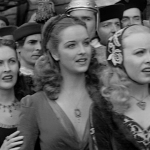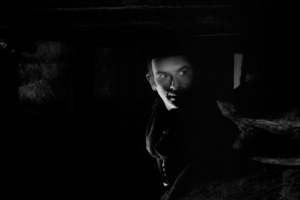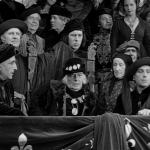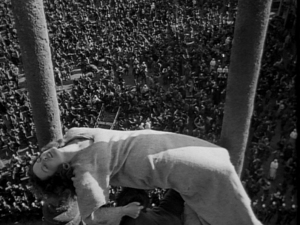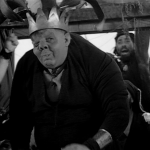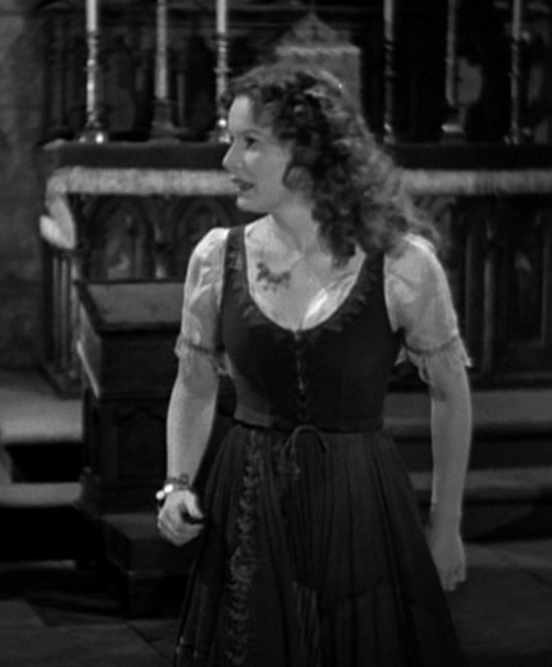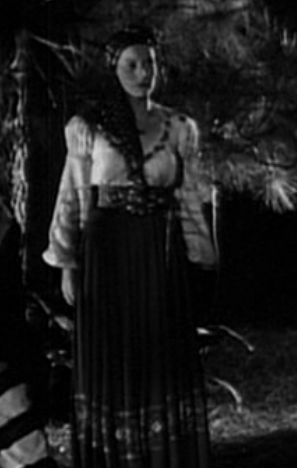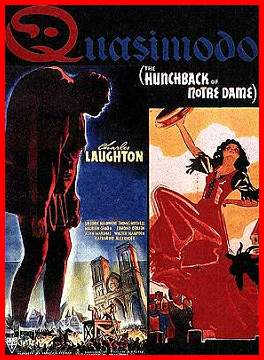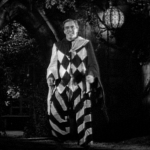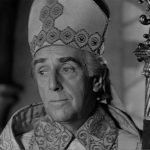Next Character: Esmeralda; The Heroine
Esmeralda is a gypsy dancer who is the subject of the three male main characters’ affections. She’s very beautiful and sensual. In this version Esmeralda is 100% Romani. She has a dark complexion (darker than Jasmine), thick black hair and emerald green eyes (attributive to her name). She wears a white chemise blouse that off shoulder, a blue corset with thin gold stripes, a purple skirt with a darker purple kercheif
worn at the hip with coin trim. She wears some gold jewelry; bracelets, an anklet and one gold hoop. She were a pink scarf in her hair to keep her hair back. She has a second outfit, that is used as an formal dance costume. It’s red with purple flutter sleeves and a purple sash at the waist. In addition to her normal jewelry she where a bindi and a crown.
Esmeralda is a very different type of Disney Heroine, she’s mature and not a dreaming of new life. She deals with her lot in life and gets by the best she can. To make a income she dances.She also dabbles in fortune telling. She is also in the company or her goat Djali. Djali acts are her security system, warning her of danger and trying to protect her from would be harm. In the Disney version, Djali doesn’t get her into in trouble like in book. Infact Djali helps her get out of trouble by helping her deguise as an old begger man.
Esmeralda’s main motivation is social justice for mainly her own people but also for those on the outskirts of the social order (i.e. Quasimodo). It’s in this way she is the opposition of Frollo and she hates him and defies him every chance she gets. Prior to her defiance she teased/mocked him with her flirtatious dancing during the festival of fools. She also wary of those in power positions. That’s why she didn’t take a shining to Phoebus at first, but his persistent charm and wit won her over (plus saving an innocent family that almost cost him his life didn’t hurt much either).
Speaking of Phoebus and Esmeralda here is a little point I would like to make. A few people feel that it was shallow of Esmeralda to choose Phoebus over Quasimodo. In movies, couples are usually established early, you can usually tell whose going to end up together. As a I mention in another post Esmeralda and Phoebus only have one scene without either Frollo or Quasimodo and that is where they are both introduced, meaning that their relationship was established before either of them met Frollo or Quasimodo. Also I can’t see Esmeralda and Quaismodo being anything but friends. She treats Quasimodo with kindness and politeness and comes off like an older family member; she really does treat him with kid gloves. There is no passion unlike Esmeralda and Phoebus. The creators wanted a romance between Esmeralda and Phoebus and that what the movie worked towards.
As far of Esmeralda’s personality, she’s kind, she has a dry wit and she’s loyal to her friends. She is very resourceful, for example Phoebus owns his life to her make-shift sling shot that saved him from decapitation. She also has a bit of mischievous streak. During the chase after she frees Quasimodo she looks like she is legitimately having fun avoiding arrest while raising some hell. She also uses her feminine charms to get what she wants. She uses it to earn money from dancing but she also gives Quasimodo a peak on the check to get him to allow her to visit him. She is very physically fit; she dances, very agile in a fight (or chase), she can swim underwater, hold her breath long enough to get Phoebus out of his armor and pull up in record time. She also has seems to have some sway in the Court of Miracles as she can stop executions
and order the people to leave. She also can seem to refer people to the Court, not sure if that map/cryptic instructions she gave Quasimodo are standrad issue in the Court of Miracles or if she is some high rank there. Not only that but the other Gypsies wouldn’t devalue her location, meaning either they’re loyal to their fellow gypsies or she is respected. She also seems to have a close relationship to Clopin who like in the book is leader in the Court of Miracles. She performs with him and he not put off with her meddling in the hanging of Quaismodo and Phoebus, which Clopin seem to be enjoying. It seems to me that she must hold some power amongst her people or the Court of Miracle is egalitarian.
Esmeralda is not a dynamic character. She remains consistent throughout the movie; she’s mature, self-confident and kind at the beginning and she remains that way thoughout the end. The only aspect about that changes is her feelings towards Phoebus. In defense of static characters, Esmeralda is not a dynamic character in the book either and Disney doesn’t do dynamic characters very often.
Esmeralda is not a typical heroine, the scarps she gets into are serious. She’s almost arrested, assaulted in a church, threaten, hunted down by a control-freak mad man, almost burned, nearly dies of asphyxiation and then chased with a six foot sword a top a massive edifice. Makes other Disney heroine’s tribulations look like a child’s play. All she really did to get into all that trouble was being a Gypsy and a defing a powerful public offical; she stayed in trouble because of her beauty and sex appeal.
I admit it was refreshing to see a different type of heroine when I first saw the movie in 1996 and it’s great that Disney ventured outside the profitable typical Disney heroine. If Hunchback had come out before this shift in heroine Esmeralda could have easily fit into the Disney princess line. Now if your thinking “Esmeralda’s not a princess” well I would say neither is Mulan but let me explain some minor points. The Disney Princess brand isn’t actually about the characters being princesses it’s about how their movies did with girls in a certain age demographics, hence why Esmeralda isn’t in the line up already. But if Esmeralda behaved more like Ariel, Belle, or Jasmine (dreamer wanting more) she may have done better with young girls, though it’s hard to say. I suppose the creators thought Quasimodo fit dreamer model better than Esmeralda and she would do better as an agent of Quasimodo’s liberation from being a focused shut-in. But another point worth mentioning is Esmeralda in the book fits the Disney princess mold very well and she was very well regarded in the Court of Miracles. So making like a princess wouldn’t have been a stretch and she does dream of a different life with regards to Phoebus. I wonder if Disney regrets this since the Disney Princess line was establish in 2001.
Next Character –Phoebus

